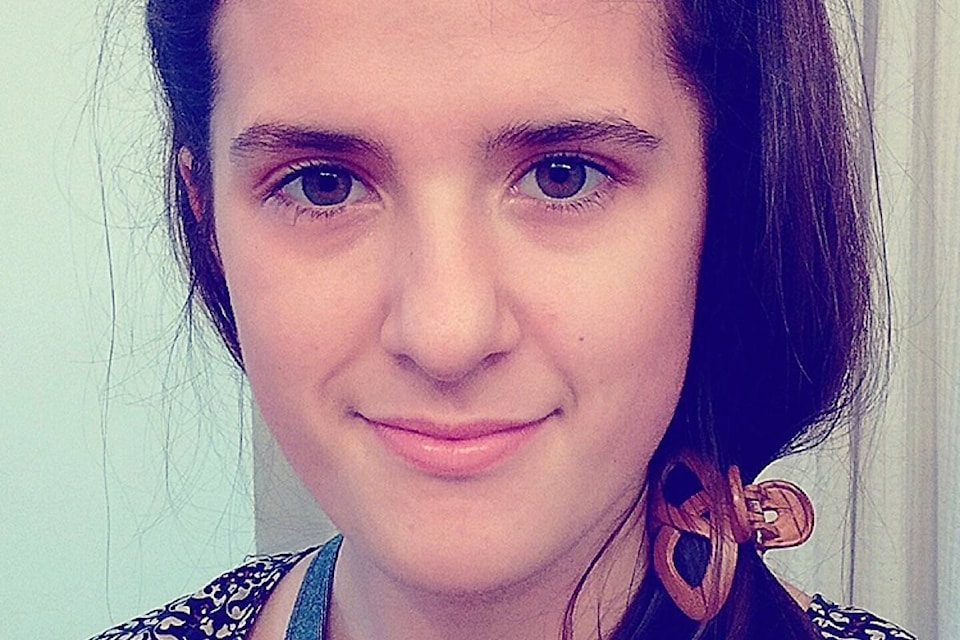The Organization for Economic Cooperation and Development submits annual rankings of countries based on the level of education in their population.
In 2017, the OECD placed Canada at the top of the list of the most educated countries in the world.
Canada is closely followed by Japan, Israel, Korea and the United Kingdom, respectively.
Despite having eight of the top 10 universities in the world, the United States ranked sixth on the scale, followed by Australia, Finland, and Norway.
In 10th place is Luxembourg, which placed 13th per cent below Canada on the scale.
The OECD decides these rankings based on a country’s adult education level, or number of adults aged 25 to 64 who have completed some form of post secondary education.
Canada placed six per cent above any other nation with a 56 per cent rate of adults who have attained this level of education.
Canada also places high in world standings for the most expensive post secondary education. Although it does not quite break the Top 10, the average annual spending per student on tertiary education in Canada is $23,200, whereas the OECD average is $14,000.
Canada’s closest competitor for adult education rates, Japan, placed 10th on the list with tuitions of approximately $24,000. This amounts to about 18 per cent of their annual salaries being spent on tuition fees. Singapore placed ninth with a tuition fee jump of about $1,000 from Japan, but Singaporeans are devoting double the Japanese per cent of annual salaries paid towards tuition.
Britain’s tuition prices jump up to $40,290 and to pay this 42 per cent of annual salaries must be spent on tuition fees. Lithuania and the Ukraine placed seventh and sixth not because of the exceptional tuition costs, but because of the lower annual salaries of residents.
The Ukraine is the first country on the list that devoted over half of annual salaries to tuition fees.
The United States placed fifth despite a staggering total tuition cost of $91,832. Only its relatively high annual salaries kept the country from plunging to first place on the list.
Unfortunately, as university prices become increasingly expensive, the wages in the United States are not rising to match them, resulting in an increasingly large discrepancy between the price of education and the ability to pay for it.
Hungary tops the list as the most unaffordable nation for post secondary education. The average amount of a Hungarian’s annual salary that must be devoted to tuition fees is 92 per cent. However, the government does allow students to gain access to a free education if they commit to remaining in the country for 10 years after their graduation.
Austrians are entitled to free or modestly priced education for two semesters, followed by a small fee for every term that follows. Spain offers free education to both locals and EU nationals. The Czech Republic extends its free education to include any person who is fluent in the native language.
Finland and Germany are both well known for their free education for students of all nationalities, but it seems that these programs will soon be coming to an end. In multiple schools, non EU students are now asked to pay a fee for each semester as of 2017.
Unfortunately, this free education is not entirely without cost. Inhabitants of countries with free education are often subject to much higher taxes. When the OECD released its rankings of the countries with the highest tax wedge, Germany had the second highest tax burden. Nearly 50 per cent of an employee’s pay was used towards taxes.
Austria, Finland, Sweden and the Czech Republic also find themselves within the Top 10 countries with the highest tax wedge.
The argument still remains whether it is better to pay individually for an education all at once, or to pay the higher taxes allowing for the cost of education to be covered gradually. Expensive post secondary education forces knowledge to become a luxury for those that can afford it.
Bronte Miner is a
student at Maple
Ridge secondary.
